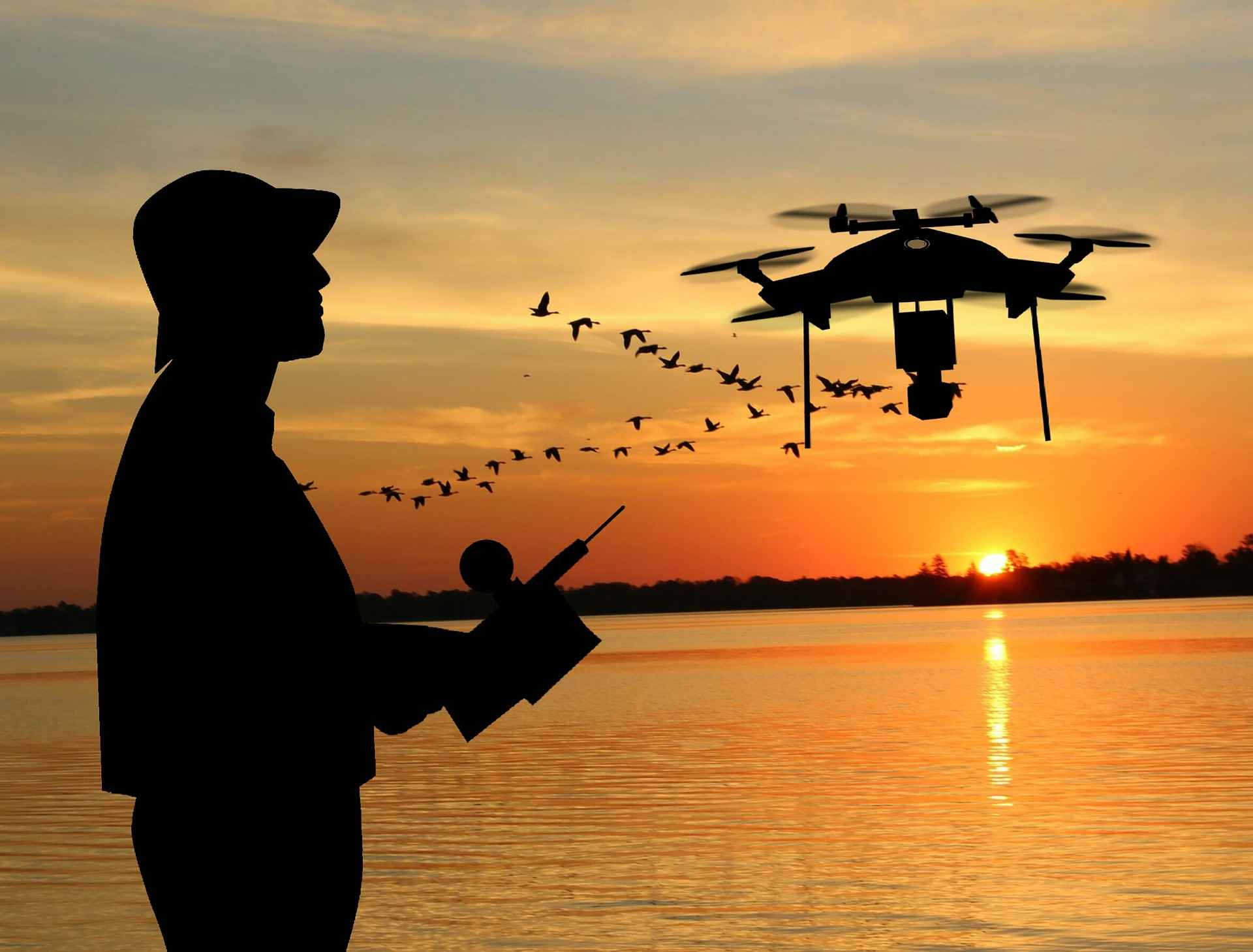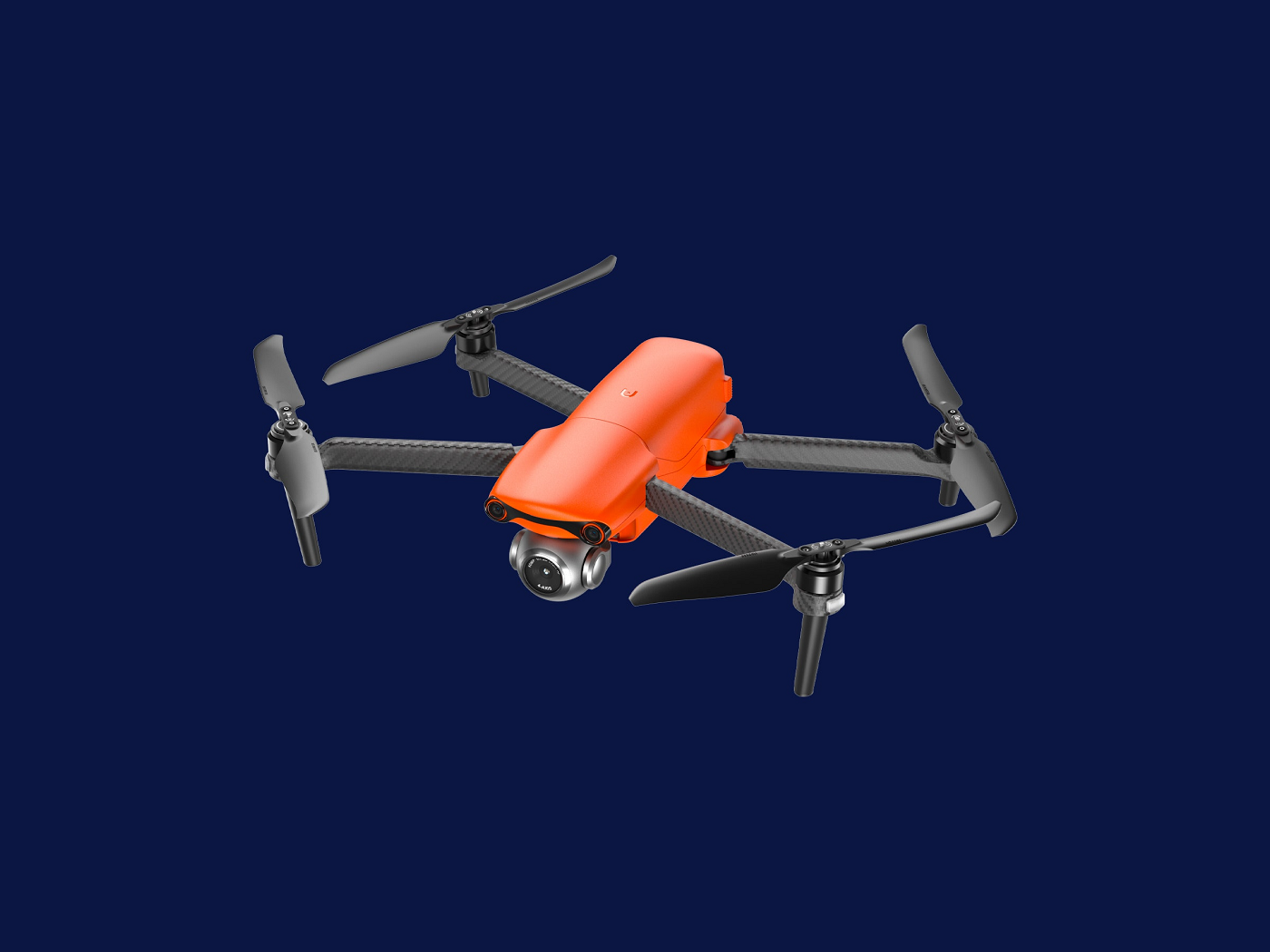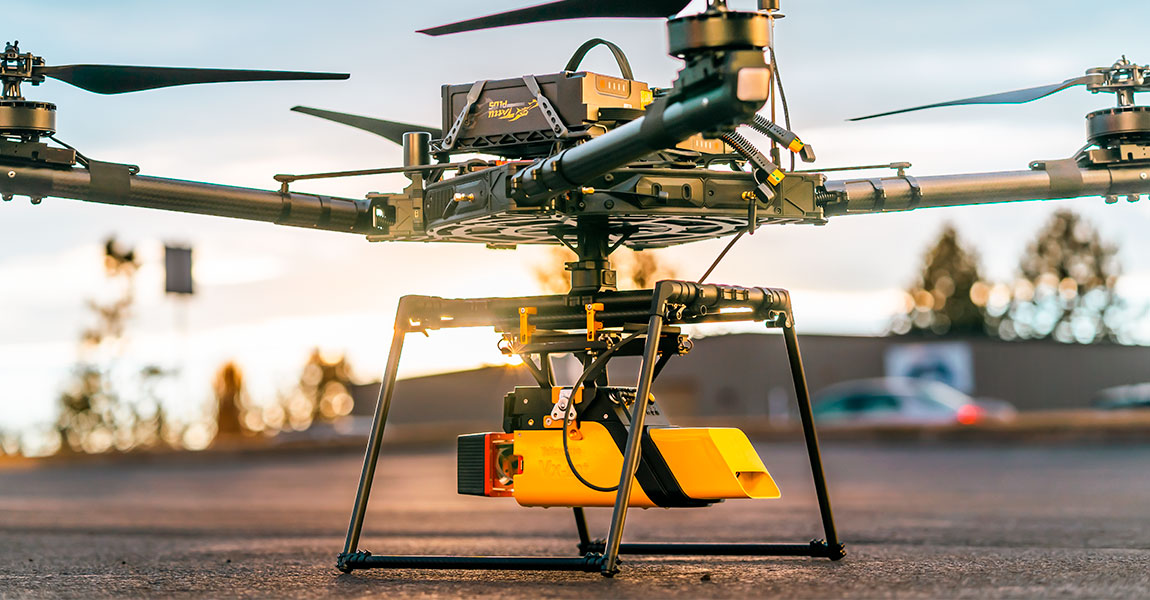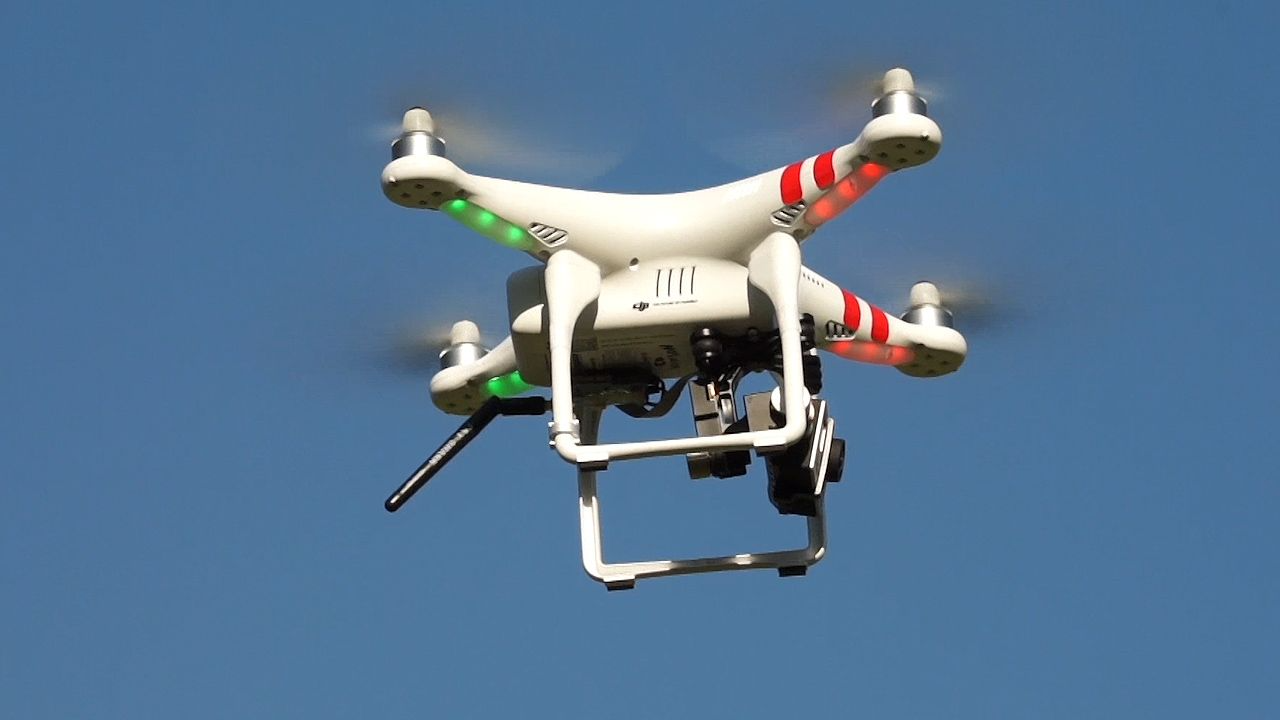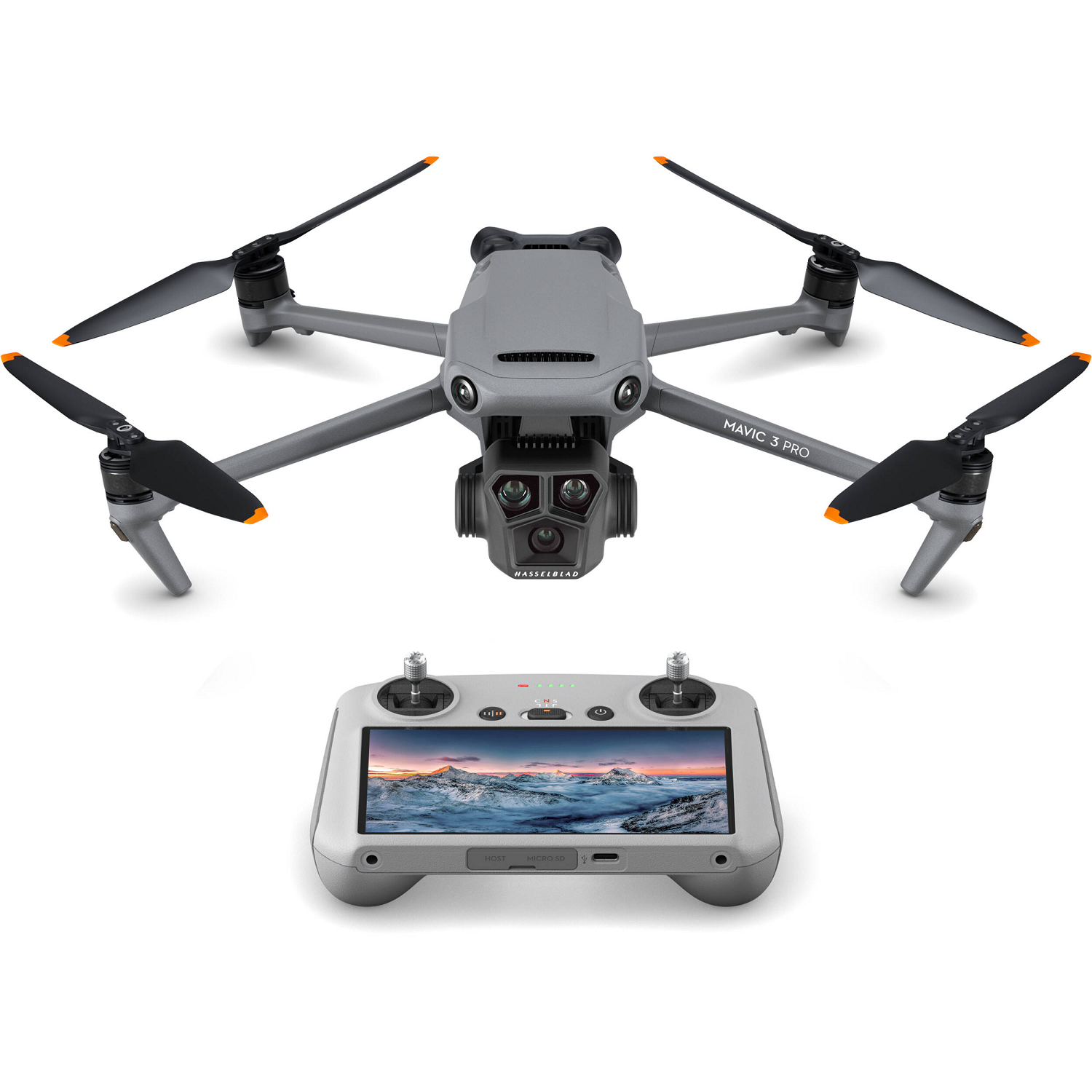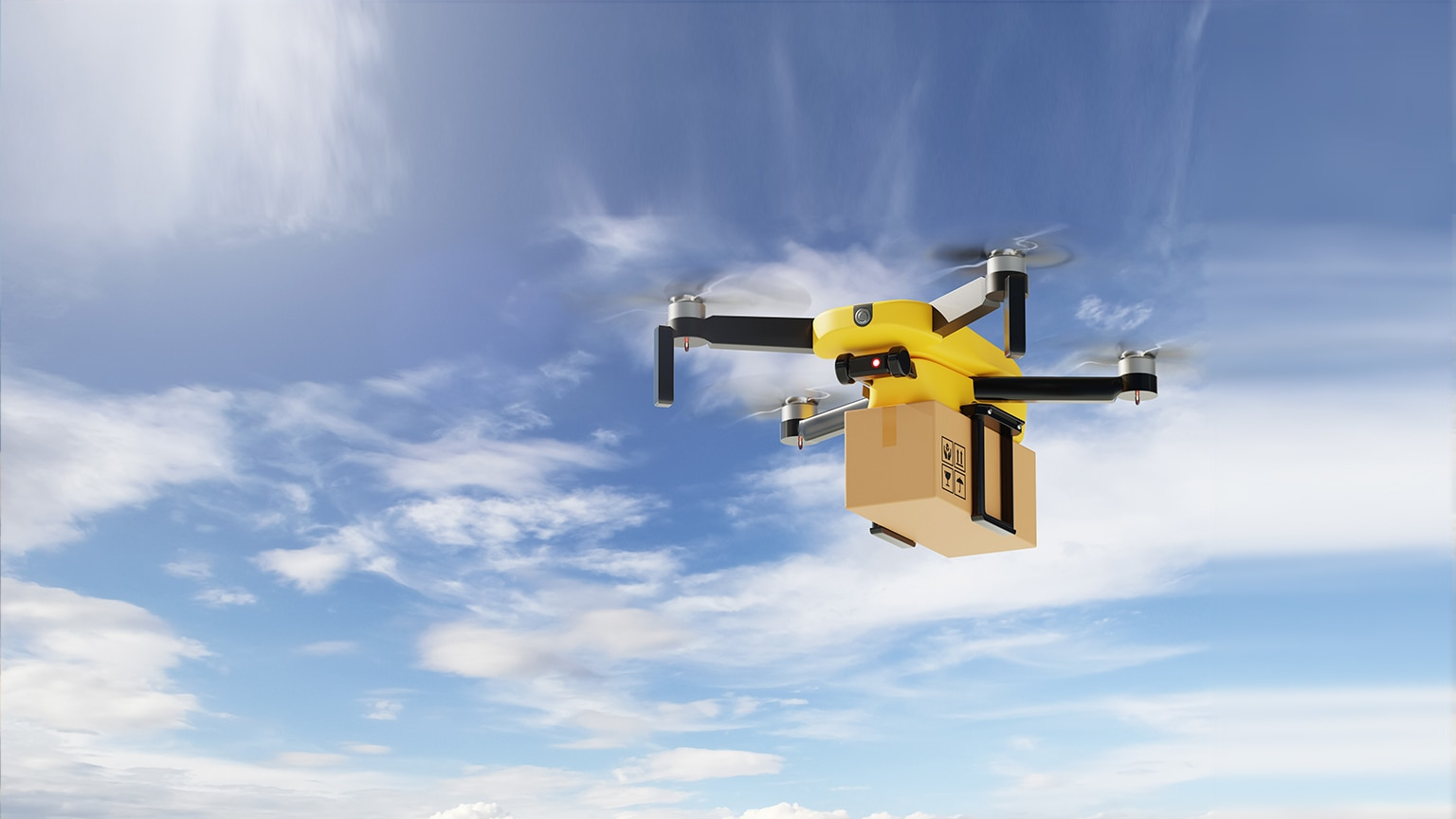Introduction to Drones
Drones, also known as Unmanned Aerial Vehicles (UAVs), have revolutionized various sectors by providing innovative solutions and new possibilities. Originally developed for military applications, drones have now penetrated civilian, commercial, and industrial markets. Their ability to perform a wide range of tasks, from aerial photography to package delivery, makes them invaluable in today’s world. This article explores the transformative power of drones, examining their design, technology, applications, ethical considerations, and future prospects.
Design and Mechanics
Intricate Yet Intuitive Design
Modern drones are marvels of engineering. Their design balances intricate mechanics with intuitive use. Drones typically feature a lightweight, aerodynamic frame made from materials like carbon fiber or plastic composites. This construction ensures durability while keeping the device light enough to achieve optimal flight performance. The propellers, generally four to eight, are strategically placed to provide lift and stability, allowing intricate maneuvers in the air. Additionally, most drones feature built-in cameras and sensors, enhancing their functionality and versatility.
High-Performance Components
The components of a drone are designed for high performance. The heart of a drone is its motor, which drives the propellers and allows the drone to fly. These motors are often brushless, providing more efficiency and longer life. The onboard computer or flight controller coordinates all aspects of flight, from stabilization to navigation. It processes data from various sensors, including gyroscopes, accelerometers, and GPS modules, ensuring the drone’s precise movements and positioning. Battery technology has also advanced, providing longer flight times and quicker recharge cycles.
Cutting-Edge Technology
Drones come equipped with advanced navigation systems that enhance their operational capabilities. GPS modules enable drones to fly autonomously, following pre-programmed routes with high precision. This autonomy is especially useful for tasks like agricultural monitoring or large-scale surveying, where drones can cover vast areas without manual intervention. Additionally, obstacle detection and avoidance systems use ultrasonic, infrared, and LIDAR sensors to prevent collisions, making drones safer and more reliable.
High-Resolution Cameras and Sensors
One of the standout features of modern drones is their high-resolution cameras. These cameras capture stunning aerial photographs and videos, enabling new perspectives and creative possibilities. Some drones also have thermal imaging or multispectral sensors, which are instrumental in fields like agriculture and environmental monitoring. These sensors can detect variations in temperature, moisture, and plant health, providing invaluable data for decision-making. The integration of such advanced imaging technology makes drones indispensable in various scientific and commercial applications.
Functionalities
Aerial Photography and Videography
Aerial photography and videography are among the most popular uses of drones. The ability to capture stunning visuals from unique angles has revolutionized fields like media, entertainment, and real estate. Drones equipped with high-definition cameras can produce professional-quality images and videos, making them essential tools for photographers and filmmakers. Real estate agents use drone footage to showcase properties from an aerial view, providing potential buyers with a comprehensive understanding of the property’s layout and surroundings. This functionality has not only enhanced creativity but also improved the efficiency of various industries.
Surveying and Mapping
Drones are invaluable in surveying and mapping. Traditional surveying methods are time-consuming and labor-intensive. Drones, however, can cover large areas quickly and accurately. Equipped with GPS and imaging technology, drones can create detailed maps and 3D models of terrains and structures. This capability is particularly beneficial in construction, mining, and agriculture. In construction, drones can monitor progress, inspect structures, and provide real-time data to project managers. In agriculture, drones can assess crop health, identify areas needing attention, and optimize resource use, leading to better yields and cost savings.
Industry Applications
Agriculture
Drones have brought a technological revolution to farming. They offer precise agricultural monitoring, allowing farmers to observe large fields quickly. With multispectral sensors, drones can assess plant health, detect diseases, and monitor crop growth. This information helps farmers make informed decisions about irrigation, fertilization, and pest control. Drones also facilitate precision farming, where inputs are applied with pinpoint accuracy, reducing waste and increasing efficiency. This technological leap transforms traditional farming practices, making agriculture more sustainable and productive.
Delivery Services
The logistics and delivery sectors are undergoing transformation thanks to drones. Companies like Amazon and UPS are exploring drone delivery systems to expedite package transportation. Drones offer significant advantages, including reduced delivery times and lower operational costs. They can bypass traffic and reach remote areas, providing quick and reliable service. While there are regulatory challenges and technical hurdles to overcome, the potential benefits make drone delivery an exciting prospect for the future of logistics.
Emergency Services
Drones are becoming vital tools in emergency response and disaster management. In search and rescue operations, drones equipped with thermal cameras can locate missing persons in challenging terrains. They provide a bird’s-eye view, allowing rescuers to cover more ground quickly and efficiently. During natural disasters, drones assess damage, locate survivors, and deliver essential supplies. Their ability to access areas that are dangerous or difficult for humans makes them invaluable assets in emergencies. This capability enhances the effectiveness and safety of emergency response efforts.
Ethical Considerations
Privacy and Surveillance
The widespread use of drones raises significant ethical and legal concerns, particularly around privacy and surveillance. Drones can easily capture images and videos, potentially infringing on individuals’ privacy. Unauthorized surveillance and data collection could lead to misuse of information and breach of privacy rights. Regulations and guidelines are necessary to ensure responsible use of drones, protecting individuals’ privacy while allowing the benefits of this technology. Users must adhere to legal requirements and ethical standards to balance innovation with privacy protection.
Safety and Regulation
Safety is another critical concern with drone usage. Unregulated flights can pose risks to crewed aircraft, property, and people. Regulatory bodies like the Federal Aviation Administration (FAA) in the United States have established guidelines for drone operation to mitigate these risks. Operators must follow these regulations, including obtaining necessary certifications, adhering to no-fly zones, and maintaining visual line-of-sight. Ensuring responsible and safe drone operation is essential for integrating this technology smoothly into various sectors.
Future Prospects
Technological Innovations
The future of drones is bright, with continuous advancements in technology. Improvements in battery life, AI, and autonomous systems will enhance drone capabilities. Longer flight times, smarter navigation, and improved payload capacities will open new applications and use cases. AI-powered drones could perform complex tasks autonomously, such as infrastructure inspection or environmental monitoring. These innovations will further solidify drones’ role in transforming industries and improving efficiencies.
Expansion Across Sectors
As technology evolves, drones will find applications across more sectors. Healthcare may see drones delivering medical supplies and samples, particularly in remote or inaccessible areas. The retail industry could use drones for inventory management and surveillance. Environmental conservation efforts can benefit from drones monitoring wildlife and habitats. As industries recognize the value of drone technology, we will see broader and more innovative applications across various fields.
Conclusion
Final Thoughts on Drones
Drones have undeniably revolutionized the way we perceive and interact with the world. Their advanced design, cutting-edge technology, and diverse functionalities make them indispensable tools in various industries. From aerial photography to emergency response, drones have demonstrated their versatility and potential. As we navigate the ethical considerations and regulatory challenges, responsible use and ongoing innovation will be key to unlocking the full potential of drones. The future of drones is promising, and their continued evolution will undoubtedly transform many aspects of our lives and industries.
Embracing the Drone Revolution
To fully embrace the drone revolution, stakeholders must collaborate to address challenges and maximize benefits. Innovators, regulators, and users must work together to ensure safe, ethical, and effective use of this technology. As drones become more integrated into our daily lives and industries, they will continue to push the boundaries of what is possible, ushering in a new era of technological advancement and innovation.
